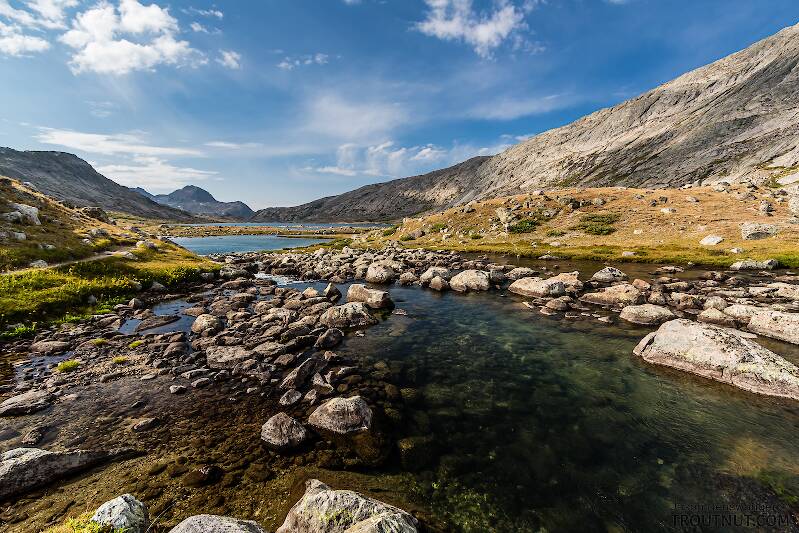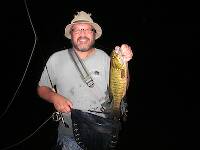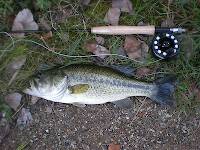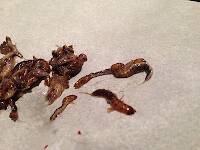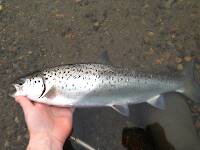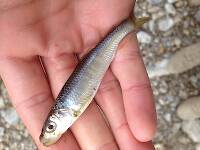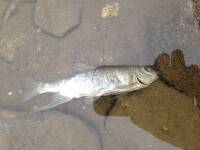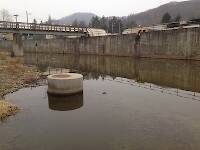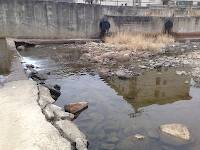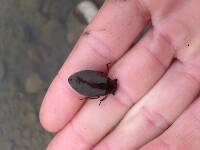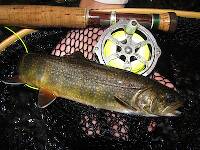
Hex Mayflies
Hexagenia limbata
The famous nocturnal Hex hatch of the Midwest (and a few other lucky locations) stirs to the surface mythically large brown trout that only touch streamers for the rest of the year.
Featured on the forum

With a bit of help from the microscope, this specimen keys clearly and unsurprisingly to Hydropsyche.

Troutnut is a project started in 2003 by salmonid ecologist Jason "Troutnut" Neuswanger to help anglers and
fly tyers unabashedly embrace the entomological side of the sport. Learn more about Troutnut or
support the project for an enhanced experience here.
Raybob
Posts: 2
Posts: 2
Raybob on Apr 16, 2008April 16th, 2008, 12:32 am EDT
I am up in the North Kingdom of Vermont. Have never fished for Lake Trout. Can anyone give me a few pointers for early in the season right after the ice is gone.
Martinlf on Apr 16, 2008April 16th, 2008, 9:29 am EDT
I'm not sure. Streamers in the shallow water?
"He spread them a yard and a half. 'And every one that got away is this big.'"
--Fred Chappell
--Fred Chappell
Joec on Apr 16, 2008April 16th, 2008, 2:56 pm EDT
Follow the smelt, usually lakers will be nearby. It just seems though that lakers rarely venture into shallow water even in the early spring. Try to find water that is close to 30' deep adjacent to a small feeder brook which the smelt will use for spawning. Another great place to find lakers would be rocky shoals, again adjacent to deeper water is key. As for flies, any streamer that imitates a smelt can be effective. If you decide to troll, it is imperative that you troll slowly, in the range of .5 to 1 mile per hour. A controlled drift works too. I'd suggest that you find a lake that produces large numbers of fish rather than lunkers. It helps with the learning curve. You might try Seymour lake. Good Luck!
Quick Reply
Related Discussions
Topic
Replies
Last Reply
8
Nov 11, 2008
by Biguns
by Biguns
40
Mar 30, 2018
by Martinlf
by Martinlf

